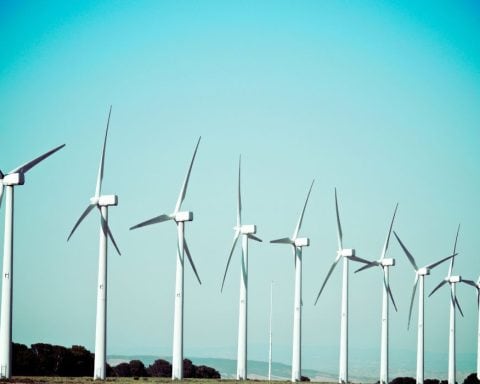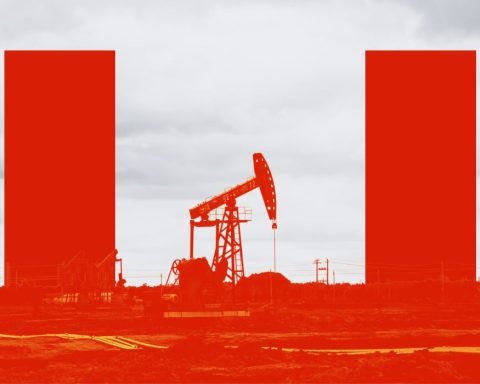Laura Tozer is an assistant professor in the Department of Physical and Environmental Sciences at the University of Toronto.
Canada is experiencing the whiplash of having our neighbour and largest trading partner go from zero to a hundred on climate action in the space of weeks with U.S President Biden signing numerous executive orders on climate change as soon as he took office. Suddenly our net-zero pledge, so touted just months ago, looks pedestrian rather than aggressive. We’re lagging again.
That’s partly because Canada is stuck on solving the wrong problem. Climate change is not a simple problem of technology and innovation, to be addressed by switching out the hardware of our energy system. Solving climate change requires something deeper – transforming our society and moving the economy beyond our dependence on fossil energy.
Net-zero is nothing to sneer at, if it’s achieved. And in a new report, the publicly funded Canadian Institute for Climate Choices tells us that it’s not only possible, but that we can get there and have continued economic growth, improved health as pollution is reduced, and decreased monthly energy costs for households. Unfortunately, this report skirts the question of decarbonization and transformation even as it presents models for net-zero. What we need now is a blunt rejection of fossil fuels as part of our net-zero energy system in 2050. As policy-makers, civil society and businesses work to put us on the road to net-zero, there are a few things they should keep in mind.
First, we must acknowledge the real barriers we face. Canada has a decarbonization problem: fossil fuels are tangled up in our institutions, infrastructure and identity, which keeps us from taking effective climate action. Decarbonization is the process of untangling this dependence on fossil fuels, starting at the roots. The evidence is clear that owners of fossil fuel assets and infrastructure obstruct effective climate policy. Every time we invest in infrastructure or institutions whose very existence depends on continuing to use fossil fuels, it makes it harder for Canada to tackle the climate crisis. Every time we view climate action as a problem of reducing greenhouse gas emissions coming out of a pipe, we mistakenly focus on technology rather than overcoming systemic barriers to action. Decarbonization is a different way of looking at the problem we are trying to solve.
There are sure-bet solutions to invest in as part of Canada’s green recovery, like energy efficiency, electrification and renewable energy. But a decarbonization approach helps us see that sometimes a short-term “low” carbon solution becomes a long-term barrier to “zero” carbon. Replacing coal with natural gas, for example, not only sinks money into infrastructure that will very shortly need to be mothballed, but also creates new fossil-fuel asset owners who will obstruct the transition all over again. Let’s keep our eyes on the prize – decarbonization – and remember that the goal of climate action is not a technology swap, but the disruption of fossil fuel dependence as fast as possible.
Second, Canada has a fossil-free pathway to a zero-carbon future. A fossil-free Canada is achievable with an energy-system transformation based on electrification and renewable energy sources, with specific applications for hydrogen. It won’t be easy. Every path we take in the energy transition requires complex logistics with investment in infrastructure and navigation through political and cultural concerns.
Let’s face the fact that what we’re really talking about when we say a net-zero energy system is a fossil-free transition. Many other countries are starting down this path. Instead of fuelling obstruction and prolonging the inevitable under the guise of technological innovation, it’s time to wind down fossil fuel production and invest in a planned transition for workers. Let’s focus technological innovation on the sectors where we don’t already have commercialized solutions (e.g. cement, steel, air travel, marine shipping) and beware of hidden subsidies for fossil fuels masquerading as research and development.
Lastly, let’s work together to expand the kinds of tools that we use as we plan our route to a fossil-free Canada. Technology-focused modelling is just one tool in our toolkit. A net-zero future for Canada requires strong policy interventions and innovation across society and the economy. As we navigate the pathway together, let’s combine climate action to reduce GHG emissions as fast as possible by 2030 with a focus on the long-term goal of decarbonization.
Related read: Is a cleaner grid enough to help the U.S. meet its climate targets?





